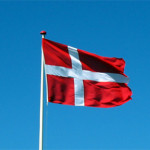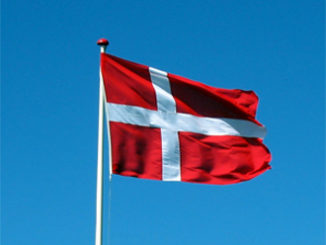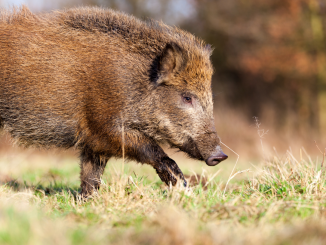
On April 22, Danish newspapers and television reported that two small savings banks in Jutland had been taken over by larger banks. The savings banks were unable to match the solvency demands put up by the Danish FSA. And they had one thing in common: A large part of “high risk” lendings to farmers, who were unable to repay their loans due to poor earnings.
Even though a recent analysis of the economy in Danish farming show increasing revenues in most sectors, the bank take overs point to an imminent debt crisis among farmers. The debt crisis may in time affect more banks and regular bank customers.
Over-investment among large pork producers
According to Henrik Zobbe, director of the Institute of Food and Resource Economics (IFRE) at the University of Copenhagen, the largest debtors are easy to pinpoint. “They are large pork producers, who have been over-investing during the financial boom”, he says. “These farmers are now in reality insolvent and may not be able to survive the current crisis”. Henrik Zobbe estimates that the pork producers in question constitute approximately 10 % of Danish farmers.
There are multiple reasons for the pork producers’ debt crisis. Land prices rose to historical heights during the financial boom. This made farmers very rich ‘on paper’. “The farmers investmented wrongly or lost money on financial speculations”, Henrik Zobbe says. “Many farmers were tempted to invest outside their core business – e.g. in wind power – and to experiment with high-risk alternative financial instruments, such as currency swapping”.
Debt affecting everyone
As a result of the financial crisis, land prices have fallen. In combination with unchanged productivity and falling pork prices, the large pork producers are rendered insolvent. So far, this has led to bank failures and take overs such as the ones on April 22.
According to the FSA, there may be more problems ahead. A recent survey among banks revealed that many of them – even the larger ones – have omitted to devalue land and production equipment. As Professor Finn Østrup of Copenhagen Business School (CBS) points out in Danish newspaper Ekstra Bladet, the debt in the pork sector may end up affecting regular bank customers, who will experience higher interests on loans and lower interests on their deposits.
Not so bad on the whole
IFRE recently published an analysis of the economy in Danish farming. It shows an increased revenue in all sectors. Grain producers benefitted from rising grain prices following the financial crisis in 2008 and from an increasing demand for food and feed in the BRIC-countries (Brasil, Russia, India and China). Milk producers were affected by rising feed prices but overall benefitted from rising milk prices and increased productivity. And even the average pork producer saw an increased revenue in 2011 – despite the rising feed prices.




